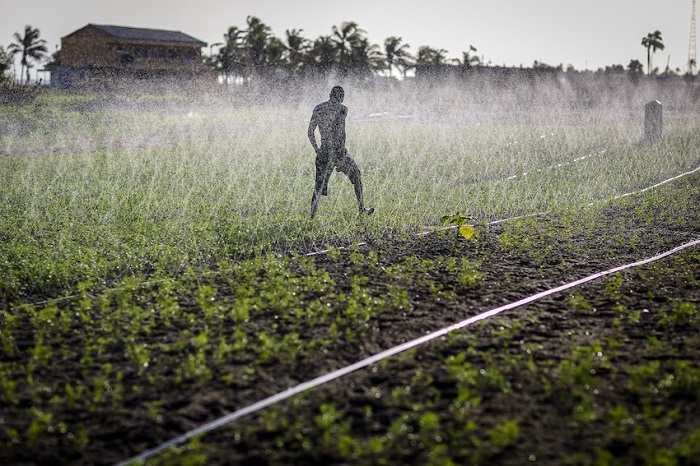The World Bank is working with African Development Bank and other organizations to provide US $9Bn to African governments to improve irrigation.
Steven Schonberger, the World Bank’s global lead for water in agriculture said that presently, financing for the effort is still being put together. He however was quick to add that the money could begin to flow as soon as 2019.
According to Mr. Schonberger, the cash will go a long way towards helping governments carry out work such as improving mapping of aquifers in their countries. This is aid in understanding where improved irrigation is possible and how much water is available. Moreover, such mapping is already underway in a range of African countries, including Ethiopia.
The East African head of the Alliance for a Green Revolution in Africa (AGRA) Nuhu Hatibu said that, as part of the irrigation push, AGRA will launch a microfinance “irrigation fund” where businesses can seek loans to build irrigation infrastructure, from wells to pipes and water storage. Similarly, Rajiv Shah, the president of the Rockefeller Foundation, one of AGRA’s funders, said boosting irrigation is key to improving agricultural productivity in Africa.
Unfortunately, when compared to any other agriculture-producing economy on the planet, Africa uses very little irrigation and very little fertilizer. Mr. Shah is also of the opinion that efforts to produce an agricultural Green Revolution in Africa should take into account worsening water scarcity and climate change.
Increased demand
According to preliminary findings from ongoing research funded by Britain’s Department for International Development, water tables in some African nations are already declining as irrigation and other demands on water grow. Mr. Shah points out lack of proper integrated groundwater management practices as a contributing factor to the situation.
On the other hand, Hatibu said that efforts to scale up irrigation in Africa should be matched by well-balanced design of how much pumping is happening in relation to the recharge of groundwater.








